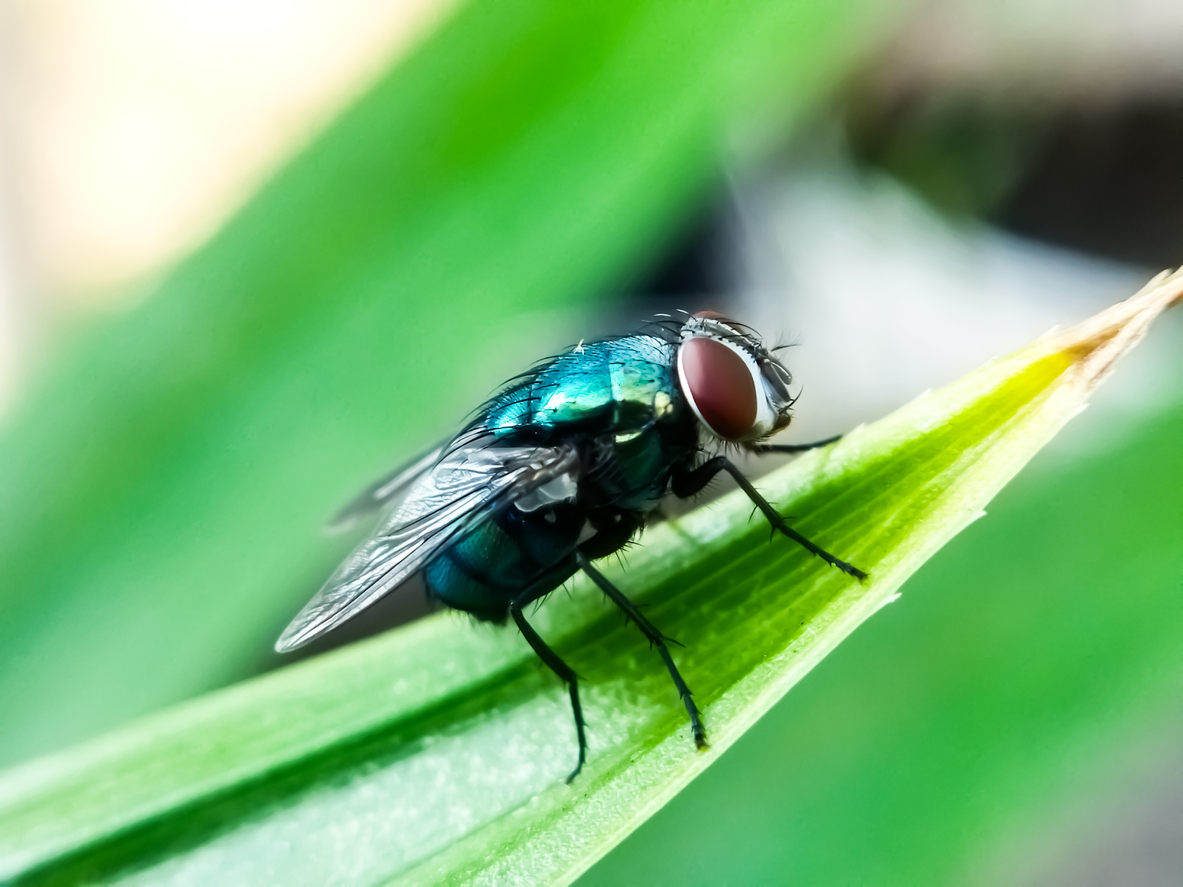
The US Food and Drug Administration (FDA) said today that it has conditionally approved a drug for the prevention and treatment of New World screwworm (NWS) larval infestations in cattle.
The FDA said Dectomax-CA1 is eligible for conditional approval in cattle because it addresses an unmet animal health need, and demonstrating its effectiveness would require complex studies. FDA officials say they have determined the drug, which is already fully approved for treatment and control of certain parasites in cattle and swine, is safe and has a "reasonable expectation" of effectiveness against NWS. It's also conditionally approved for prevention of NWS reinfestation for 21 days.
The move is the latest step by US health and agriculture officials to respond to the flesh-eating parasitic infection, which can cause cattle loss and has been creeping northward from Central America over the last several months. On September 22, Mexico confirmed a case of NWS in a cow located less than 70 miles from the US border.
"We understand the urgency with which America’s farmers and ranchers are asking for tools to fight New World screwworm," FDA Commissioner Marty Makary, MD, MPH, said in a press release. "Today’s conditional approval—first in the U.S. for NWS—shows our dedication to rapidly advancing important animal medicines when they are needed most. We continue to work tirelessly to complete review of other NWS products to protect multiple animal species in the U.S."
Re-emergence in Central America
Carried by the Cochliomyia hominivorax fly, NWS fly larvae burrow into the flesh of cattle and other warm-blooded animals, causing severe wounds and death if untreated. The pest was eradicated in the United States in the 1960s. The re-emergence of NWS in Central America began in 2023.
Concerned about the threat to the US livestock industry, the US Department of Agriculture in May suspended livestock imports at the US-Mexican border as part of its NWS response, then began a phased reopening in late June. The United States and Mexico have also been monitoring nearly 8,000 fly traps in Texas, Arizona, and New Mexico since July.










